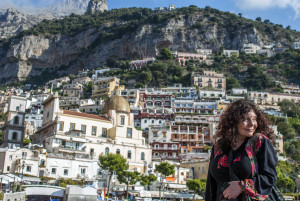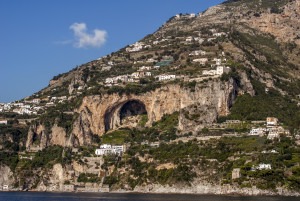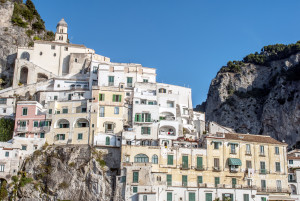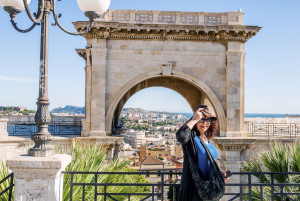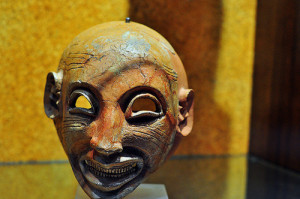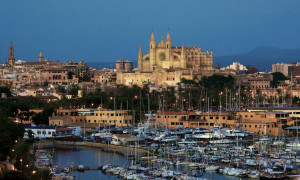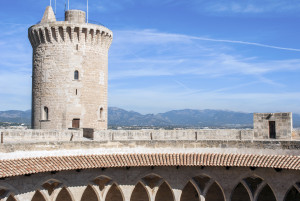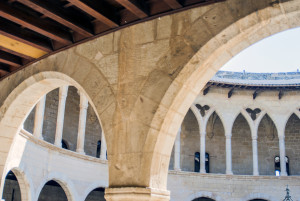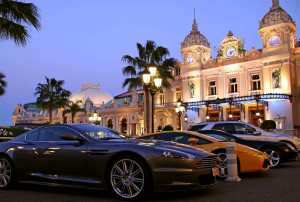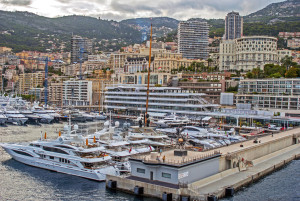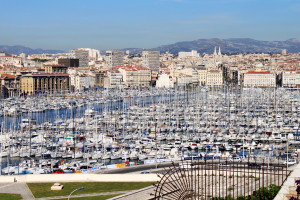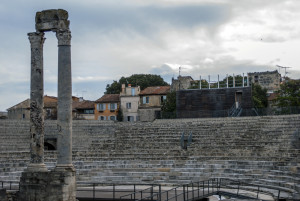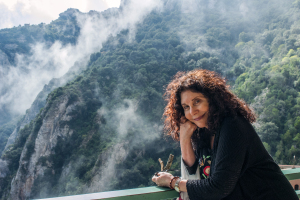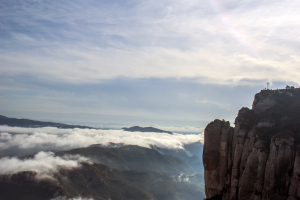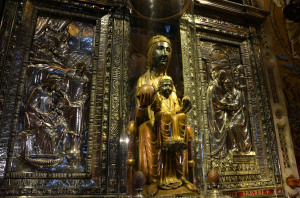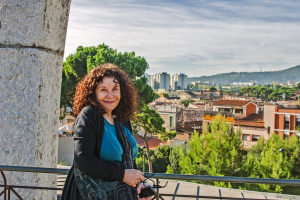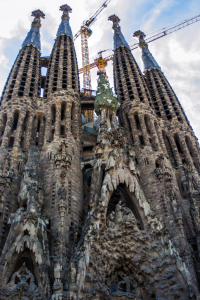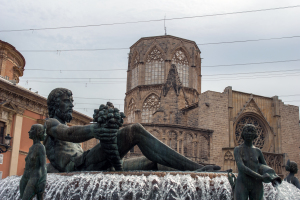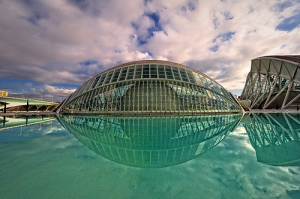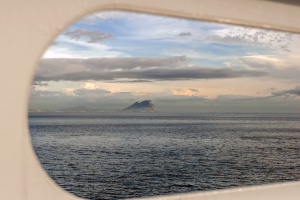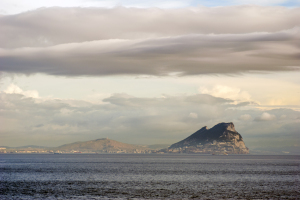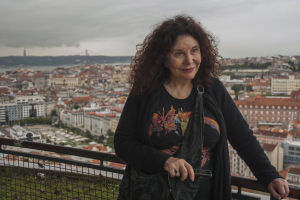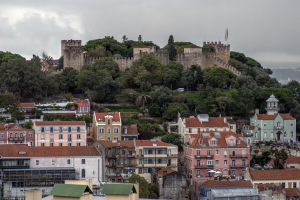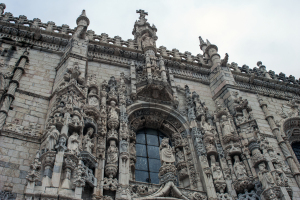Ah, Amalfi and Positano… When you are in love, this is the place to come.
Lying in the mouth of a deep ravine at the foot of Monte Cerreto and surrounded by dramatic cliffs, is the coastal town of Amalfi. As our little tender whizzed though the Mediterranean waters, it was instantly clear by my goose bumps, why the majestic beauty of Amalfi has magnetized painters and writers throughout the centuries.Two other times I remember having this “perfect sight” experience…(seeing the Taj Mahal looming in front of me as the sun rose-–and suddenly turning a bend on a dirt road and gazing upon the heart stopping ancient city of Petra.)
Greek sailors from past ages admired the breathtaking landscape, even imagining parts of the coastline as home to mythic creatures. Later, wealthy Roman nobleman built seaside villas along the coast and created some of the first settlements. In the 1920s and 30s, the town was a popular holiday destination for British aristocracy. Now it is a city of artists and wealthy bohemians.









